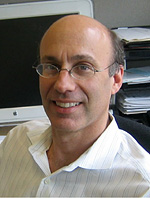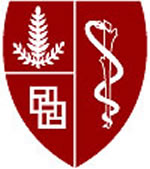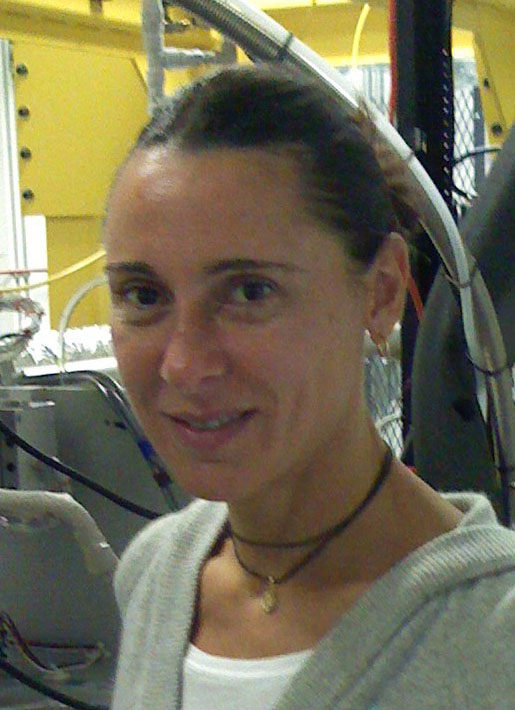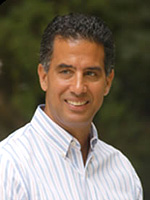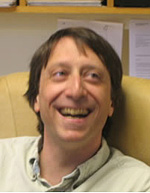Primary Faculty
Research Interest: We are interested in creating new molecular imaging tools to study biomolecules in living subjects. This entails the creation of new optical imaging instrumentation, synthesis of new molecular imaging agents, and the validation of these tools on diseased animal models.
Research Interest: The Jardetzky Laboratory is studying the structures and mechanisms of macromolecular complexes important in viral pathogenesis, allergic hypersensitivities and the regulation of cellular growth and differentiation, with an interest in uncovering novel conceptual approaches to intervening in disease processes. Ongoing research projects include studies of paramyxovirus and herpesvirus entry mechanisms, IgE-receptor structure and function and TGF-beta ligand signaling pathways.
 Roger Kornberg
Roger Kornberg
Nobel Prize in Chemistry, 2006
Member, National Academy of Sciences
Member, The Royal Society
Research Interest: We study the regulation of transcription, the first step in gene expression. The main lines of our work are 1) reconstitution of the process with more than 50 pure proteins and mechanistic analysis, 2) structure determination of the 50 protein complex at atomic resolution, and 3) studies of chromatin remodelling, required for transcription of the DNA template in living cells.
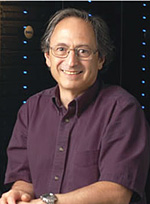 Michael Levitt
Michael Levitt
Nobel Prize in Chemistry, 2013
Member, National Academy of Sciences
Member, The Royal Society
Research Interest: Is it possible to understand the molecular structure and function of proteins and nucleic acids in enough detail to make accurate predictions about structure and function? We are mounting a two-pronged attack on this problem using both molecular dynamics simulation and molecular modeling.
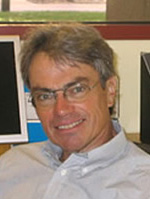 Peter Parham
Peter Parham
Member, The Royal Society
Research Interest: The Parham laboratory investigates the biology, genetics, and evolution of MHC class I molecules and NK cell receptors.
Research Interest: Viral infections and subsequent host response depend on multiple RNA-protein interaction. My research focuses on the structural and functional characterization of RNA-protein complexes involved in viral infection. Current research aims to understand how the Human Immunodeficiency Virus (HIV) initiates its replication upon host infection. We use NMR spectroscopy and x-ray crystallography to study the structure of the initiation complex, formed by a host tRNA and HIV genomic RNA, coupled with biochemical and biophysical methods to understand functional properties. The goal of this research is to gain a molecular view of HIV replication initiation, and use this information to develop new therapeutic approaches to combat HIV.
Research Interest: The Puglisi group investigates the role of RNA in cellular processes and disease. Our goal is to understand RNA function in terms of molecular structure and dynamics using a variety of biophysical and biological tools. We use nuclear magnetic resonance (NMR) spectroscopy to determine structures of biological molecules, and integrate our structural understanding into further mechanistic and functional studies. A long-term goal is to target processes involving RNA with novel therapeutic strategies.
Research Interest: Our laboratory studies molecular interactions that underlie the establishment and maintenance of cell and tissue structure. Our specific areas of interest are the targeted delivery of proteins to intracellular membranes, the architecture and dynamics of intercellular adhesion junctions, and signaling pathways that govern cell fate determination. We also have a long-standing interest in carbohydrate-based cellular recognition and adhesion.


